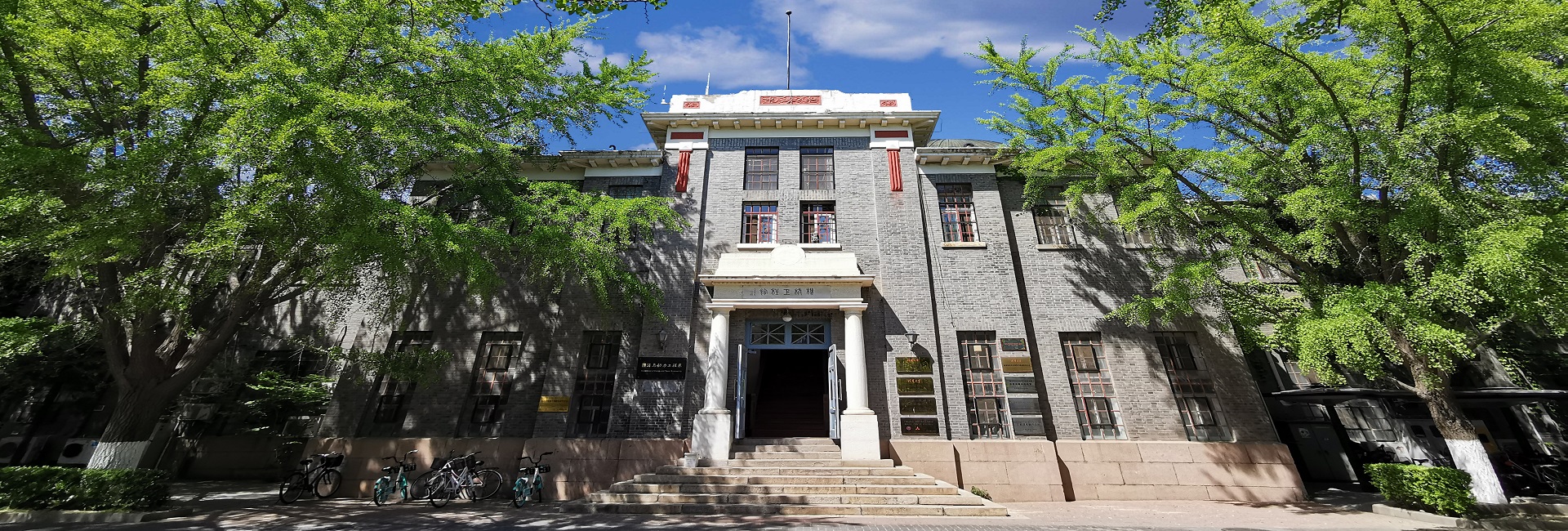报告题目:OVER-TIP SHOCK WAVE STRUCTURE AND ITS IMPACT ON TURBINE BLADE TIP HEAT TRANSFER, INCLUDING THE EFFECTS OF VARYING TIP GAP
报 告 人: Prof. Phil Ligrani, University of Alabama in Huntsville(USA)
报告时间: 2015年7月9日(周四)上午9:30
报告地点:热能系报告厅
邀 请 人🤔:任静 教授
报告摘要:Transonic flow pattern and its influence on heat transfer on a high-pressure turbine blade tip are investigated using experimental and computational methods. Spatially-resolved heat transfer data are obtained at engine representative conditions (Mexit=1.0, Re=1.27x106) using the transient infrared thermography technique within the Oxford High Speed Linear Cascade research facility. CFD predictions are conducted using the Rolls-Royce HYDRA/PADRAM suite. The CFD solver is able to capture most of the spatial heat flux variations and gives prediction results which compare well with the experimental data. The results show that the majority of the blade tip experiences a supersonic flow with a local peak Mach numbers reaching 1.8. Unlike other low speed data in the open literature, the turbine blade tip heat transfer is greatly influenced by the shock wave structure inside the tip gap. Oblique shock waves are initiated near the pressure side edge of the tip, prior to being reflected multiple times between the casing and the tip. Supersonic flow within the tip gap is generally terminated by a normal shock near the exit of the gap. Both measured and calculated heat transfer spatial distributions illustrate very clear stripes as the signature of the multiple shock structure. Overall, the supersonic part of tip experiences noticeably a lower heat transfer than that near the leading-edge where the flow inside the tip gap remains subsonic. Corresponding CFD results are generally in good agreement with experimental data, and show that the flow over a large portion of the blade tip is supersonic for all three tip gaps investigated. Mach numbers within the tip gap become lower as the tip gap decreases. For the flow regions near the leading edge of the tip gap, surface heat transfer coefficients decrease as the tip gap decreases. Opposite trends are observed for the trailing edge region. Several ‘hot spot’ features on blade tip surfaces are attributed to enhanced turbulence thermal diffusion in local regions. Other surface heat transfer variations are attributed to flow variations induced by shock waves. Flow structure and surface heat transfer variations are also investigated numerically when a moving casing is present. The inclusion of moving casing leads to notable changes to flow structural characteristics and associated surface heat transfer variations. However, significant portions of the tip leakage flow remain transonic with clearly identifiable shock wave structures.
报告人简介:Dr. Phil Ligrani is currently the Eminent Scholar in Propulsion, and Professor of Mechanical and Aerospace Engineering at the University of Alabama in Huntsville. Previously, he was the Oliver L. Parks Endowed Chair, and Professor of Aerospace and Mechanical Engineering at Parks College of Saint Louis University. His prior academic position was as the Donald Schultz Professor of Turbomachinery in the Department of Engineering Science at the University of Oxford. There, from 2006 to 2009, he was also Director of Oxford University’s Rolls-Royce UTC (University Technology Centre) in Heat Transfer and Aerodynamics. From 1994 to 2006, he was a Professor of Mechanical Engineering, Adjunct Professor in the Department of Bioengineering, Director of the Convective Heat Transfer Laboratory, and Associate Department Chair in the Department of Mechanical Engineering at the University of Utah. As of June 2015, Dr. Ligrani is author or co-author of more than 160 publications in archival journals, 8 book chapters, as well as approximately 115 conference publications and presentations. From 1994 to 2015, he also presented approximately 155 lectures at different institutions and establishments, including many invited lectures. He has been primary advisor for a total of 86 graduate students completing Ph.D., M.E., M.S. degrees, and Turbomachinery Diplomas. Research interests include turbomachinery, convective heat transfer, and fluid mechanics, as well as micro-fluidics, fractionation, and separation science, including SPLITT Fractionation.
